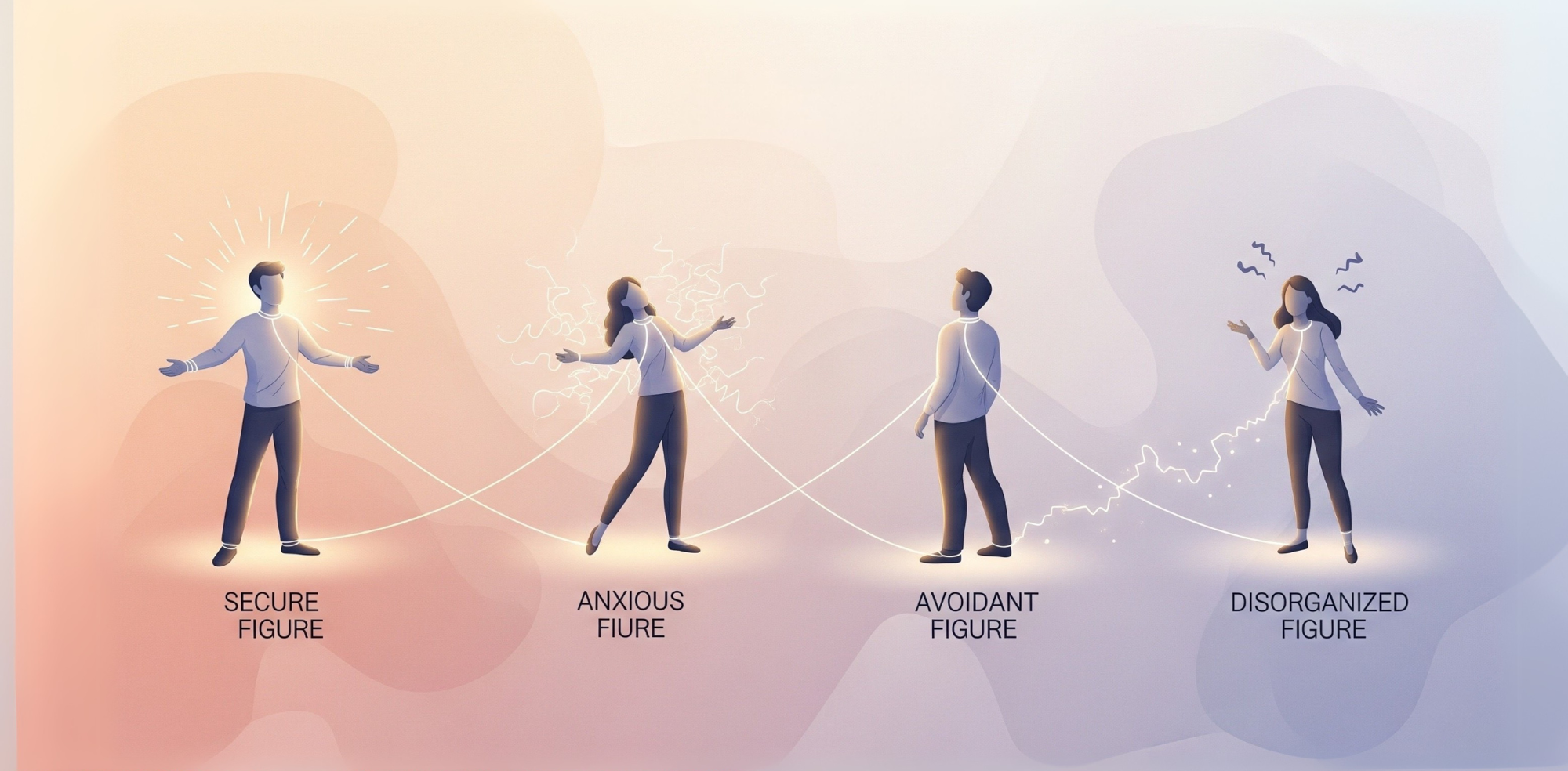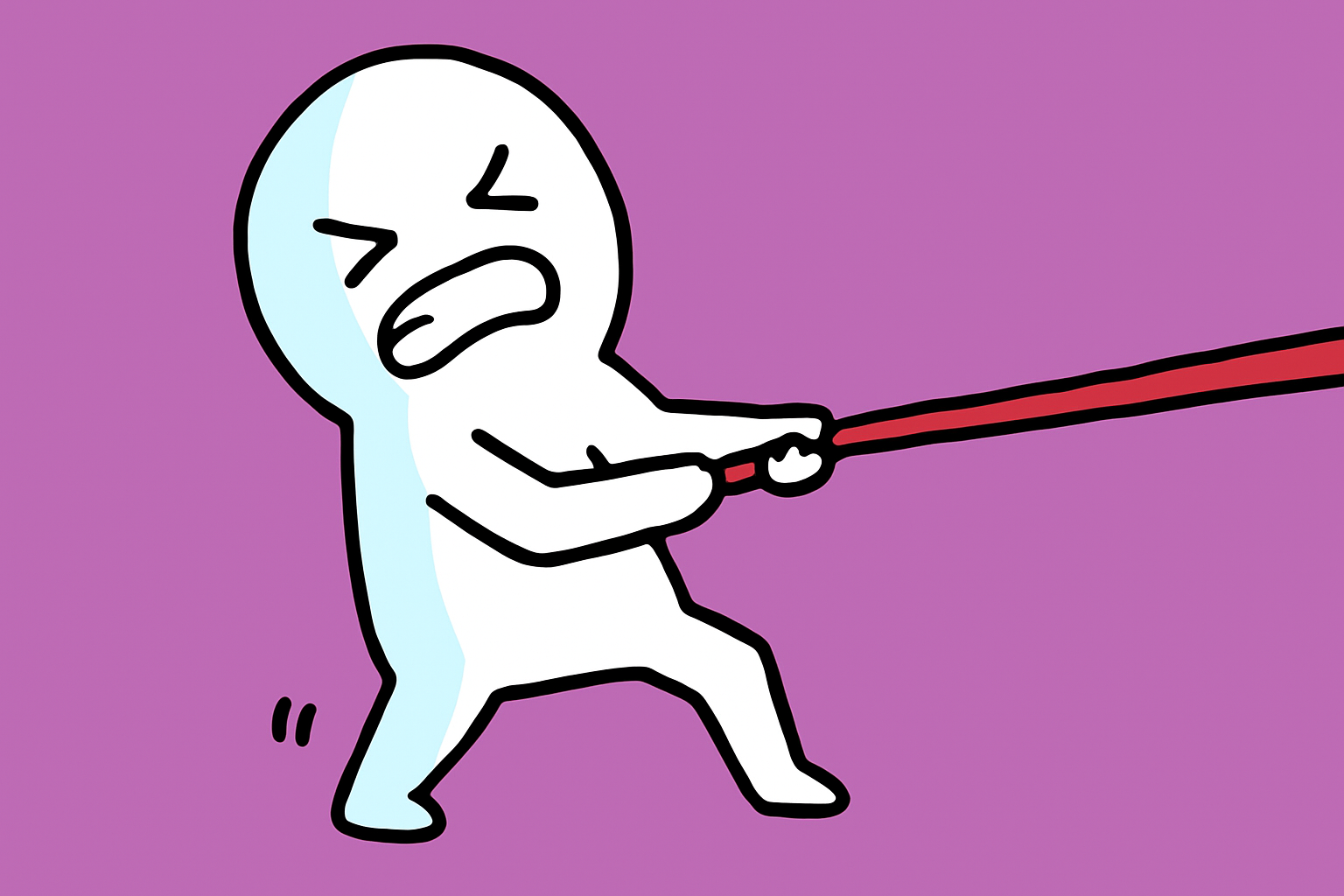Have you ever wondered why some people crave closeness in relationships while others seem to push it away? Or why some partners seem to trust easily while others are always on edge? The answer might lie in something called attachment style a psychological pattern formed in childhood that continues to shape how we connect with others as adults.
In this blog, we’ll explore what attachment styles are, where they come from, how they affect our relationships, and most importantly, whether they can change.
What Is an Attachment Style?
Attachment styles describe how we emotionally bond with others, especially in close relationships. The idea comes from attachment theory, developed by British psychologist John Bowlby. He believed that forming secure emotional bonds with caregivers is essential for survival especially in infancy.
Later, psychologist Mary Ainsworth built on this theory with her famous Strange Situation experiment. She observed how babies reacted when their mothers left the room and returned. From those reactions, she identified different styles of attachment some secure, others insecure.
Over time, psychologists discovered that these styles don’t just disappear after childhood. In fact, they shape how we connect with romantic partners, friends, and even coworkers throughout our lives.
The 4 Main Attachment Styles
Psychologists generally group attachment styles into four types. Each one has a different pattern of behavior and belief about relationships:
1. Secure Attachment
“I can depend on others, and others can depend on me.”
• As children: Securely attached kids feel safe to explore the world and trust that caregivers will return. They cry when the caregiver leaves but are easily comforted when reunited.
• As adults: They trust easily, communicate well, and feel comfortable with both closeness and independence. Relationships tend to be stable, loving, and balanced.
2. Anxious (Preoccupied) Attachment
“Will they leave me? I need constant reassurance.”
• As children: These kids have caregivers who are sometimes responsive, sometimes not. They become clingy and panic when left alone.
• As adults: They often fear abandonment and may seem needy or insecure. They seek constant validation from partners and can become jealous or overly sensitive.
3. Avoidant (Dismissive) Attachment
“I can’t count on anyone better to rely only on myself.”
• As children: These children may have emotionally distant or unresponsive caregivers. They learn not to show emotion or ask for help.
• As adults: They tend to be independent, emotionally distant, and uncomfortable with too much closeness. They may avoid deep conversations or suppress emotions.
4. Disorganized (Fearful-Avoidant) Attachment
“I want love… but I’m scared of it.”
• As children: Often come from environments where the caregiver is both a source of comfort and fear (such as in abusive or traumatic situations). Their behavior is unpredictable or confusing.
• As adults: They may swing between craving closeness and pushing people away, often feeling confused or conflicted about relationships.
How Attachment Styles Develop
Our early experiences with caregivers shape our internal “relationship blueprint.” If a caregiver is consistent, loving, and emotionally available, the child learns that the world is safe and people can be trusted. But if care is unpredictable, cold, or frightening, the child adapts by forming insecure attachment patterns to protect themselves.
These early lessons stick with us often subconsciously and influence how we relate to others in adulthood.
Attachment in Adult Relationships
As we grow up, we carry our attachment style into our adult relationships:
• Secure adults build healthy, stable relationships.
• Anxious adults may overthink every text, fear rejection, and need constant reassurance.
• Avoidant adults may downplay the importance of emotional connection and keep people at a distance.
• Disorganized adults may both want love and fear it, creating push-pull dynamics in relationships.
It’s important to note that attachment styles are not about labeling yourself they’re patterns, not prisons.
Can Attachment Styles Change?
Yes! While attachment styles are usually shaped in childhood, they’re not set in stone.
With self-awareness, therapy, and secure relationships, people can shift toward a more secure attachment. This is called “earned secure attachment.” For example:
• Being in a healthy, supportive relationship can help someone feel more secure over time.
• Working with a therapist can help heal old wounds and teach new ways of connecting.
• Practicing emotional regulation, communication, and boundary setting helps build trust in yourself and others.
What Research Says (Recent Insights)
• A 2023 study found that people with anxious or avoidant attachment styles reported more stress and trauma symptoms during the COVID-19 lockdowns showing how attachment affects our ability to cope with crises.
• Another 2025 study showed that attachment patterns even influence how people relate to AI companions, like chatbots or digital assistants proof that these styles run deep!
Real-Life Examples
• A secure adult feels okay giving their partner space but also loves quality time together.
• An anxious partner may panic if they don’t get a reply in 5 minutes.
• An avoidant person might end a relationship suddenly to avoid “getting too close.”
• A disorganized person may long for love but sabotage it when it gets serious.
Sound familiar? You’re not alone we all carry attachment patterns, and the good news is: we can change them.
Sources
1. Bowlby, J. (1969). Attachment and Loss: Vol. 1. Attachment.
2. Ainsworth, M. D. S. (1978). Patterns of attachment: A psychological study of the Strange Situation.
3. Mikulincer, M., & Shaver, P. R. (2007). Attachment in adulthood: Structure, dynamics, and change.
4. Fraley, R. C. (2010). A brief overview of adult attachment theory and research.
5. Cleveland Clinic. (2023). “Attachment Styles: What They Are and How They Affect You.”
6. Morelli, S. A. et al. (2023). Attachment styles and psychological distress during COVID-19 lockdown in Italy.
7. Liu, Y. et al. (2025). Attachment theory and human-AI interaction: A new frontier.
8. Psychology Today. (2024). Can You Change Your Attachment Style?
9. Schore, A. N. (2020). The development of the right brain and its role in attachment and trauma.
Final Thoughts
Attachment theory gives us powerful insight into why we connect the way we do and how our childhood experiences echo into our adult lives. The more we understand our attachment patterns, the more we can grow, heal, and form healthier relationships.
Whether you’re secure, anxious, avoidant, or somewhere in between you’re not stuck. Awareness is the first step. Growth is possible.
Thank for reading we hope this will help you to improve your relationship!





